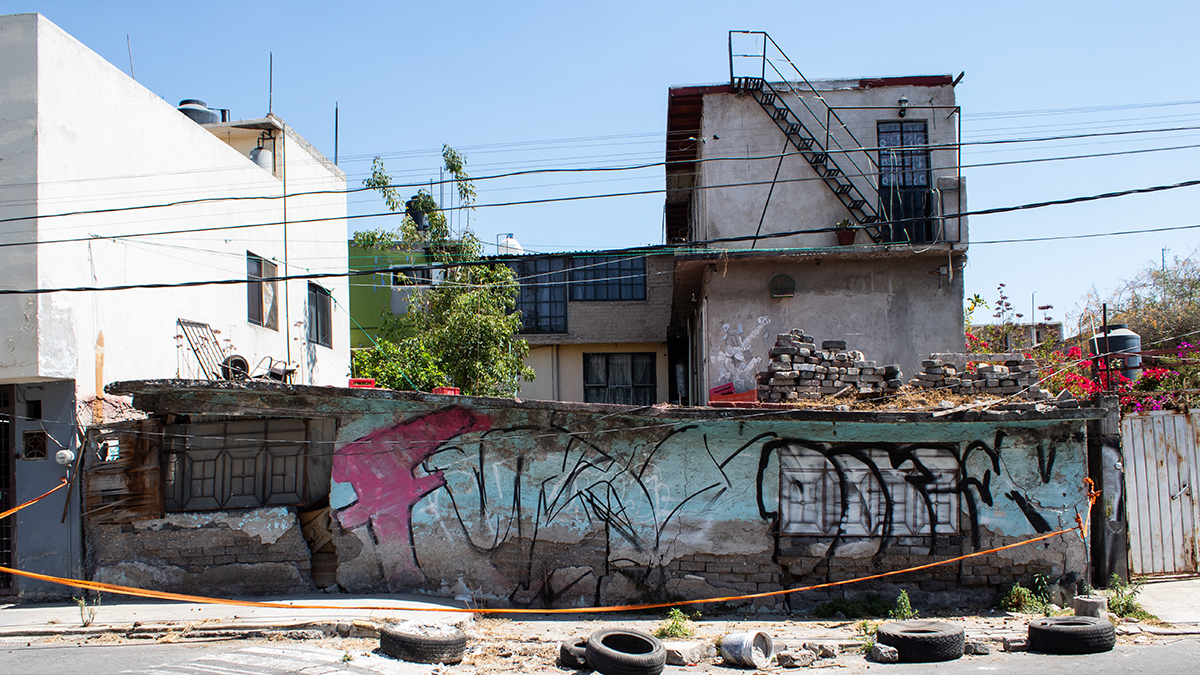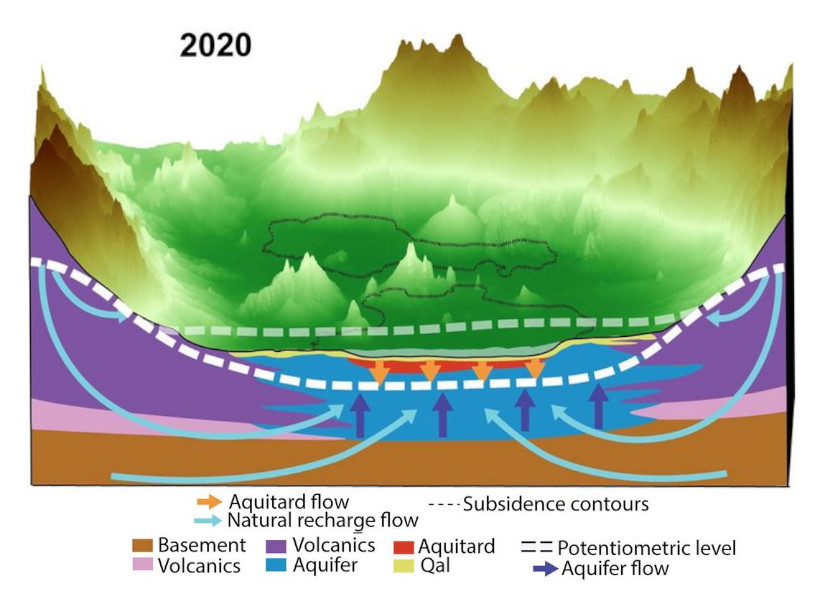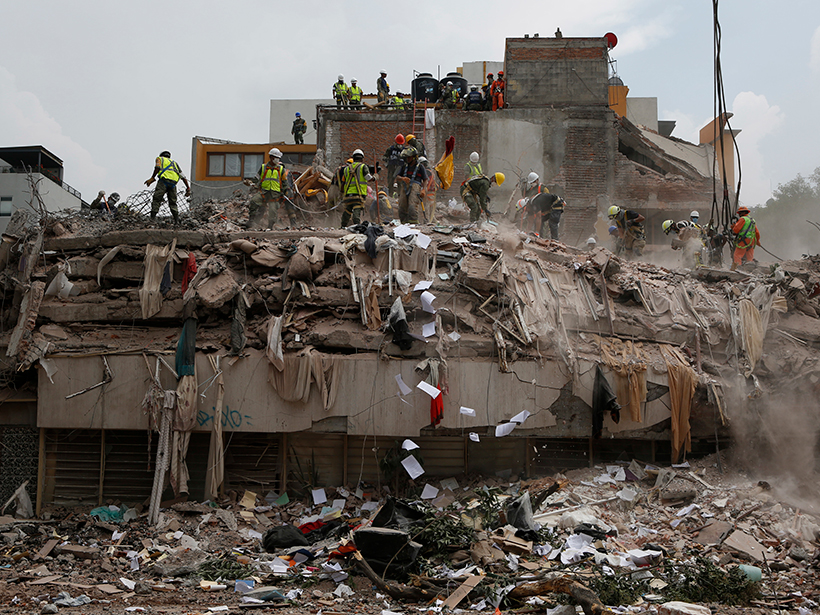Investigadores aseguran que saber cuánta agua está siendo extraída es crucial para resolver la crisis de infraestructura y de abastecimiento de agua en la capital.
Mexico City
Groundwater Pumping Is Causing Mexico City to Sink
Researchers say knowing how much water is being extracted is crucial for addressing infrastructure and water supply crises in the capital.
Mapping Teotihuacan’s Past, Present, and Future
A new lidar project reveals how mining and urban expansion have put one of Mexico’s most iconic cultural heritage sites at risk.
Surviving on the Periphery of a City of Earthquakes
Mexico City is one of the most disaster-prone urban areas in the world. Following an earthquake, marginalized communities living on the city’s periphery are exposed to more dangers than just collapsing buildings.
La inminente crisis del hundimiento del suelo en la Ciudad de México
Una nueva investigación revela la causa del rápido hundimiento y fracturación del suelo de la Ciudad de México.
The Looming Crisis of Sinking Ground in Mexico City
New research reveals the cause of Mexico City’s rapidly sinking and fracturing ground.
Lessons from Mexico’s Earthquake Early Warning System
The devastating 2017 Puebla quake provides an opportunity to assess how citizens perceive and use the Mexico City earthquake early warning system.
Were Mexico’s September Quakes Chance or a Chain Reaction?
Last year, two major earthquakes—one 12 days after the first—shook Mexico. New analysis blames this very unlikely event on chance. But one of the pair may have triggered a third large nearby temblor.








